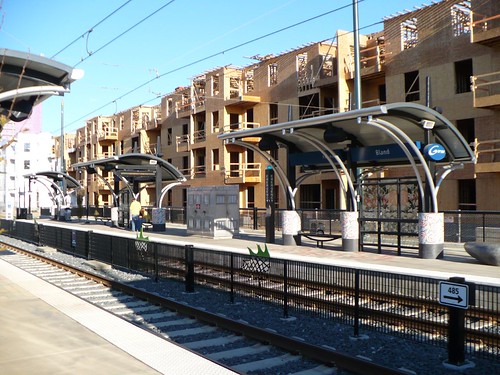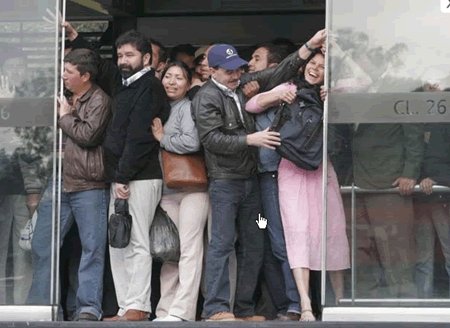But in the Streetsblog article there are some ideas that have floated before, in other forms that might be a bit innovative. For example the tax break idea has been floated before and discussed here, albeit for a somewhat different cause. Alan Drake has been proposing for a long time that we use property tax breaks to electrify the main freight lines across the country. This is just an addition.
Rep. Kendrick Meek (D-FL) touted his bill to provide tax credits for companies that build new freight tracks or terminals. Rep. Ken Calvert (R-CA) suggested levying a freight fee of 0.075 percent per shipment, with a maximum of $500, on goods that arrive at the nation's ports.But what about other ways to find funding for transport. Are there any other innovative mechanisms for a national scale? The Transport Politic says we should take it from the general fund. How about if we can carve out some of the income tax for transportation. Perhaps you can see how much you're paying into it on your weekly statement, kind of like FICA. Especially since everyone uses transportation to get to work where they get income. And if they don't, they are living at home and should get a break for that.
Or one of my favorite ideas is an electric bill surcharge, perhaps one for commercial electricity and one for residential. This might accomplish two goals, one being a reduction in energy usage from higher price points and another being when more electric automobiles and other vehicles start coming, they will be paying into the transportation fund. Obviously not completely thought out, but there's something in there somewhere.
I really wish we could throw all kinds of crazy ideas on the table and see what might stick. Any other ideas out there we should know about?



